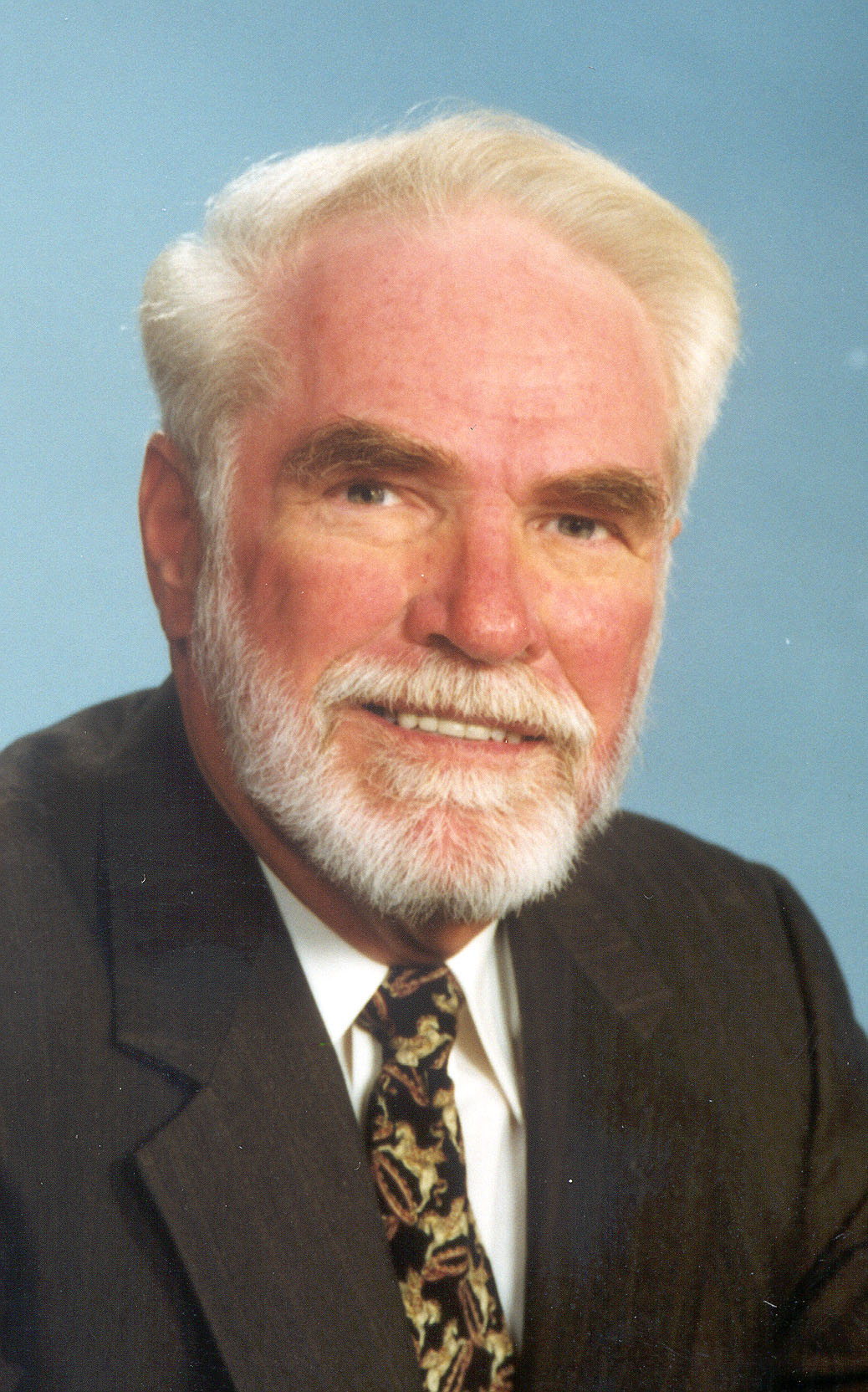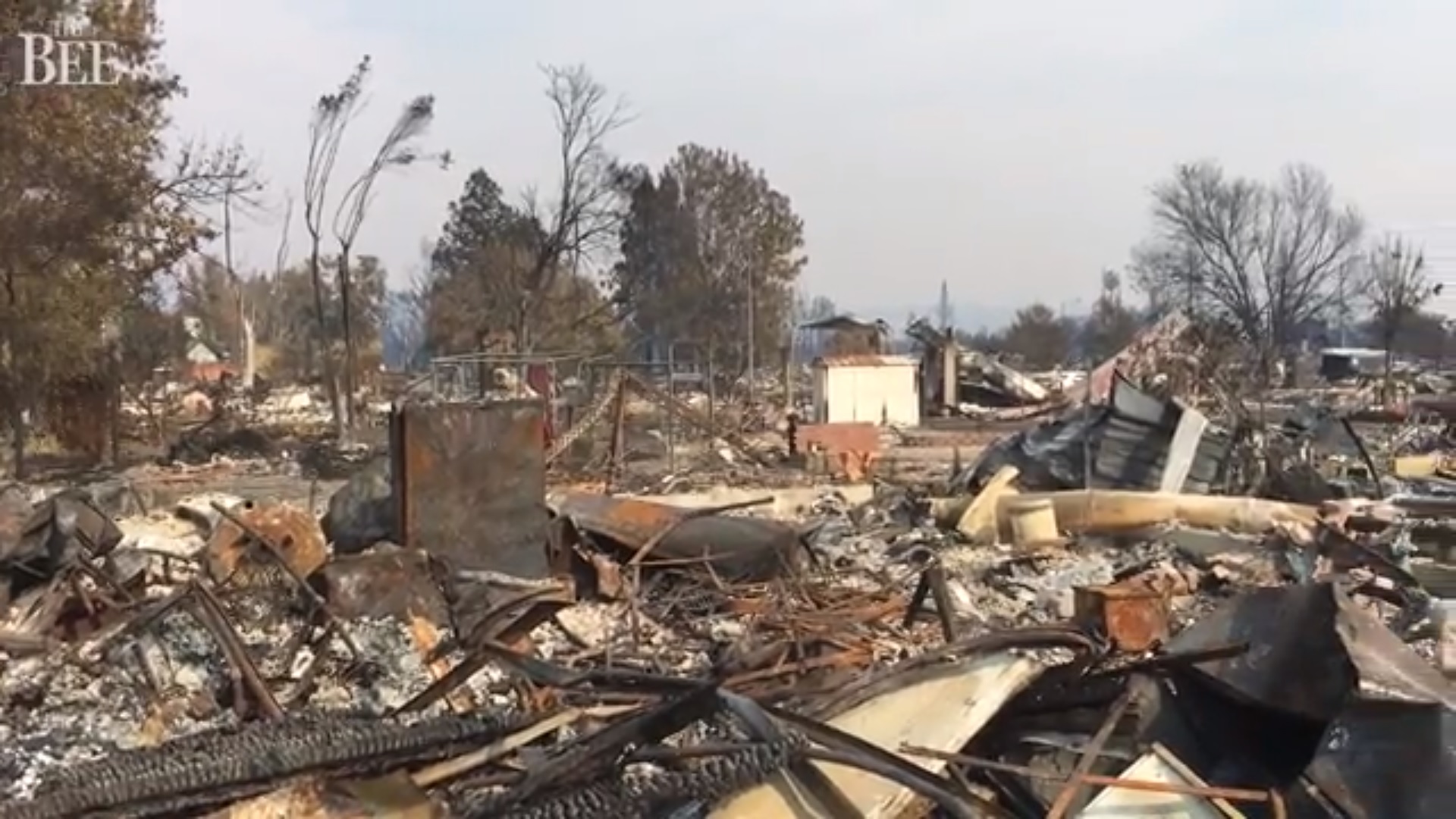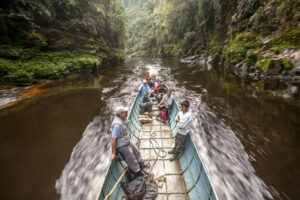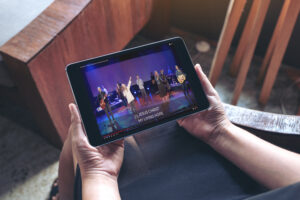
SAN FRANCISCO (BP)–The introductory church-planting course at Golden Gate Baptist Theological Seminary may well be misnamed. A better title might be “Plant a Church in Marin County, California.”
In the “Introduction to Church Planting” course, professor Bill Wagner doesn’t let his students get away with the mere study of church planting theology and methodologies, though he covers those in his lectures and seminars. He leads students out of classroom theory into a real world and kingdom-growing experience: they actually begin a new church plant in Marin County, California, just north of San Francisco where the seminary is located.
Wagner, who describes himself as “intensely practical,” does this for two reasons: first, the best way to truly learn about church planting is to do it; second, Marin County, home to multiple eclectic spiritual movements, is in dire need of evangelical Christian churches.
The course includes a study of the book of Nehemiah, and that leader’s progression from his personal relationship with God to the re-building of Jerusalem. It also includes an overview of church planting theology and methodologies, research into the need for new churches locally, and the beginning stages of a new church plant, led by a student in the class.
Early in the semester, Wagner takes the class to a hill atop the campus with a panoramic view of the San Francisco Bay, including the double-decker Bay Bridge leading into Oakland, Alcatraz Island, the city of San Francisco and several towns in southern Marin County.
“I would say let’s begin to pray and see where the need is — and we always found a need,” Wagner says. “Then we would visualize a church plant where the need was, do research, and at least one person from the class would feel called to start that church.”
Wagner, the E. Hermond Westmoreland Professor of Evangelism at Golden Gate, said the first time he taught the course, the class discerned a need for four new churches in southern Marin. One, targeted to college students, had just begun, and the class helped that church planter with research and support. Another, Sausalito Christian Fellowship, was born out of the class.
Wagner stresses the new churches share one essential feature: they are indigenous churches.
“In an indigenous church, we don’t create the structure up front, and we usually don’t have all the resources in place that we tend to think we need,” he says. “These church plants have started without a salary, usually without a building, without any other finances in place, without a sponsoring church or any of that. What I’m trying to teach my students is you don’t need all those things. The apostle Paul never had that. He just preached the gospel, and as the church formed he helped it, but each church was really created by the people of the church.”
The runaway enthusiasm of a new church — what Wagner says leads to church planting movements — should be allowed full freedom.
“We generally go into a church plant with what I call an intentional model: we have to get the constitution in place, the policy manual, the financial plan, the name, the credo, everything,” he explains. “I feel when you do that you’re stopping the explosive nature of the church and actually hindering a church planting movement. We don’t have to dictate anything. If you depend upon the Bible and allow the people in the church to create the church, I think you’d be surprised that the people are smart enough to form the church in a biblical way. And you end up with a church where the members have a sense of ownership.”
Ed Pincusoff, the student who pastors Sausalito Christian Fellowship, employed this approach, diving into the church plant with few traditional resources. The class used this church plant as their case study and offered support through feedback, prayer, and research.
“They went to Sausalito in four groups,” Wagner says. “One group talked to the mayor, one group talked to business people, one talked to pastors in the area, and one did door-to-door interviews. We went through this church planting process as a class, step by step, and we were honest about the struggles and the good things happening. By the end of the semester we had a good core for the new plant.”
Wagner, who planted numerous churches in Europe during his almost 30 years with the International Mission Board, has seen fruit from this class before. He taught at seminaries in Belgium and in Germany, and churches were started in Austria, Romania, Bulgaria, Moscow, France and Spain.
Now, through “Introduction to Church Planting,” he is leading Golden Gate Seminary students out of their classroom and into the church-planting field of Marin County.
–30–
(BP) photo posted in the BP Photo Library at https://www.bpnews.net. Photo title: BILL WAGNER.





















